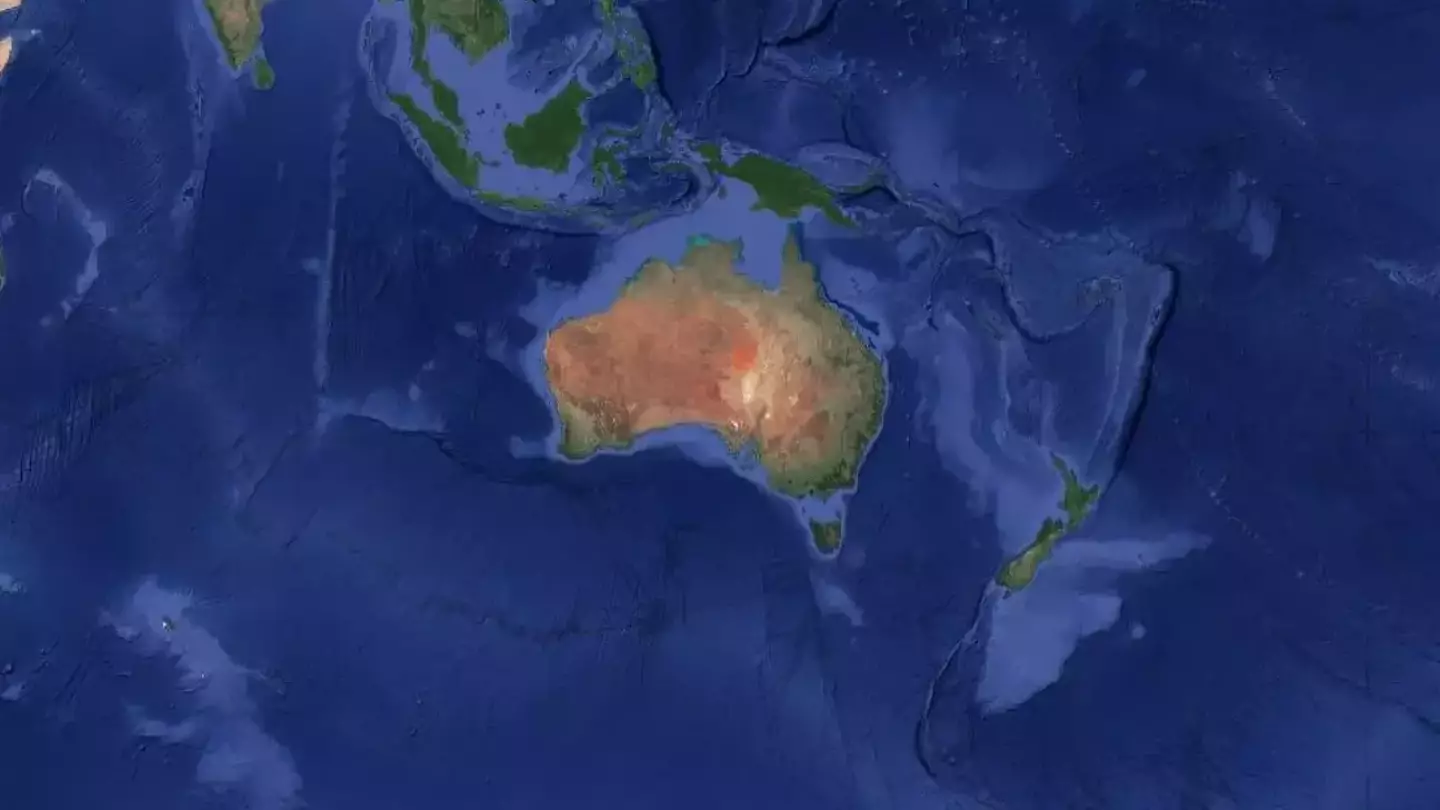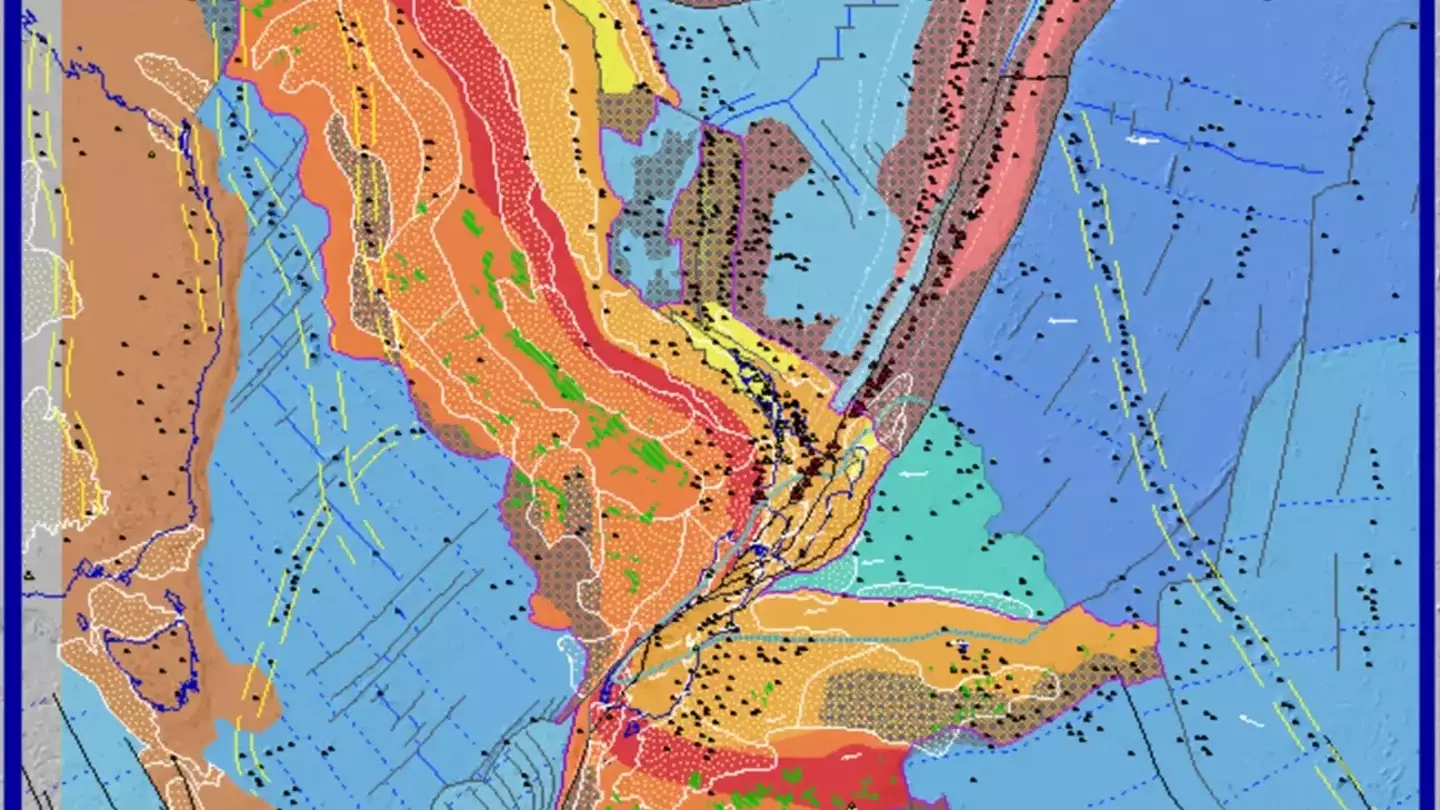
Scientists managed to discover a missing continent after a whopping 375 years.
Once part of an ancient supercontinent it was nicknamed the ‘great Southern Continent’.
Originally including Western Antarctica and Eastern Australia, it has been theorized about since Roman times and was even partially discovered in the 1600s.
However, it would take nearly four long centuries for geologists to finally come to agreement on the new continent.
Advert
So, let’s take things back to the initial discovery in 1642, when Dutch businessman and sailor Abel Tasman set out to find the elusive eighth continent - also known as Terra Australis in Latin.
Setting sail from Jakarta, Indonesia, Tasman eventually landed on the Southern Island of New Zealand and began to explore.
Before he could set foot on dry land though, he encountered the local Māori who were, well, less than impressed with the European sailor.

In fact, they were so frustrated by his presence that they rammed other canoes trying to get close to the mainland and those transporting messages to the main ship.
Having failed to find the new land, Tasman sailed back home and never returned.
Ironically, this was the first time anyone would record information about the mysterious eighth continent.
Nearly 400 years later, GNS geologists announced the discovery of a new continent called Zealandia or Te Riu-a-Māui, in the Māori dialect.
It turns out the continent - which is roughly 1.89 million sq miles (4.9 million sq km) and had been hiding in plain sight - is mostly underwater.
The vast continent had also been part of the ancient supercontinent of Gondwana, which also included most of Western Antarctica and Eastern Australia, over 500 million years ago.

However, roughly 105 million years ago Zealandia began to ‘pull away’ from the supercontinent for reasons geologists still don’t fully understand.
"[It’s] a process which we don't completely understand yet, Zealandia started to be pulled away", explained Andy Tulloch, one of the geologists at the Zealand Crown Research Institute GNS Science who made the 2017 discovery.
As Zealandia did this, it began to sink beneath the waves with over 94 percent remaining underwater for millennia.
"This is an example of how something very obvious can take a while to uncover," added Tulloch, who explained that the continent lies beneath 6,560 ft (2km) of water.
His colleague Nick Mortimer, who led the study, joked that it was ‘kind of cool’ and explained why it took so long to discover.
He added: "If you think about it, every continent on the planet has different countries on it, [but] there are only three territories on Zealandia."
Topics: World News, Science, Travel